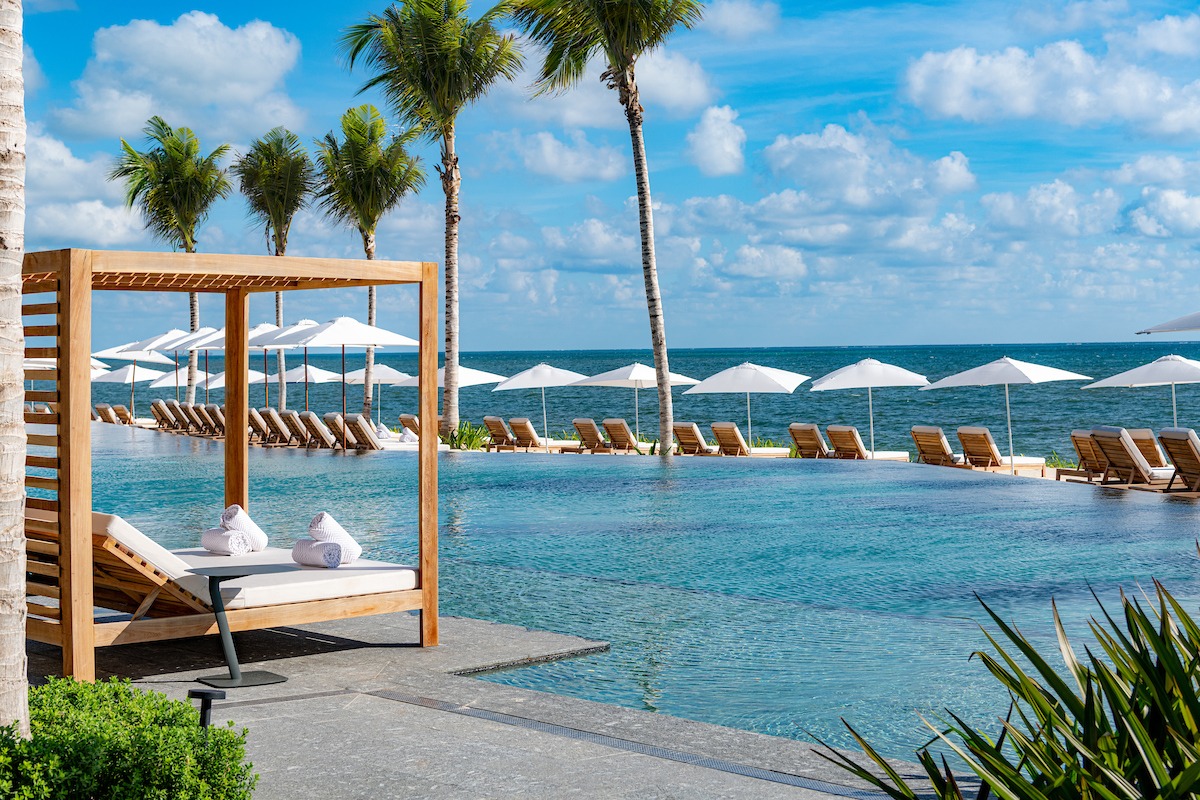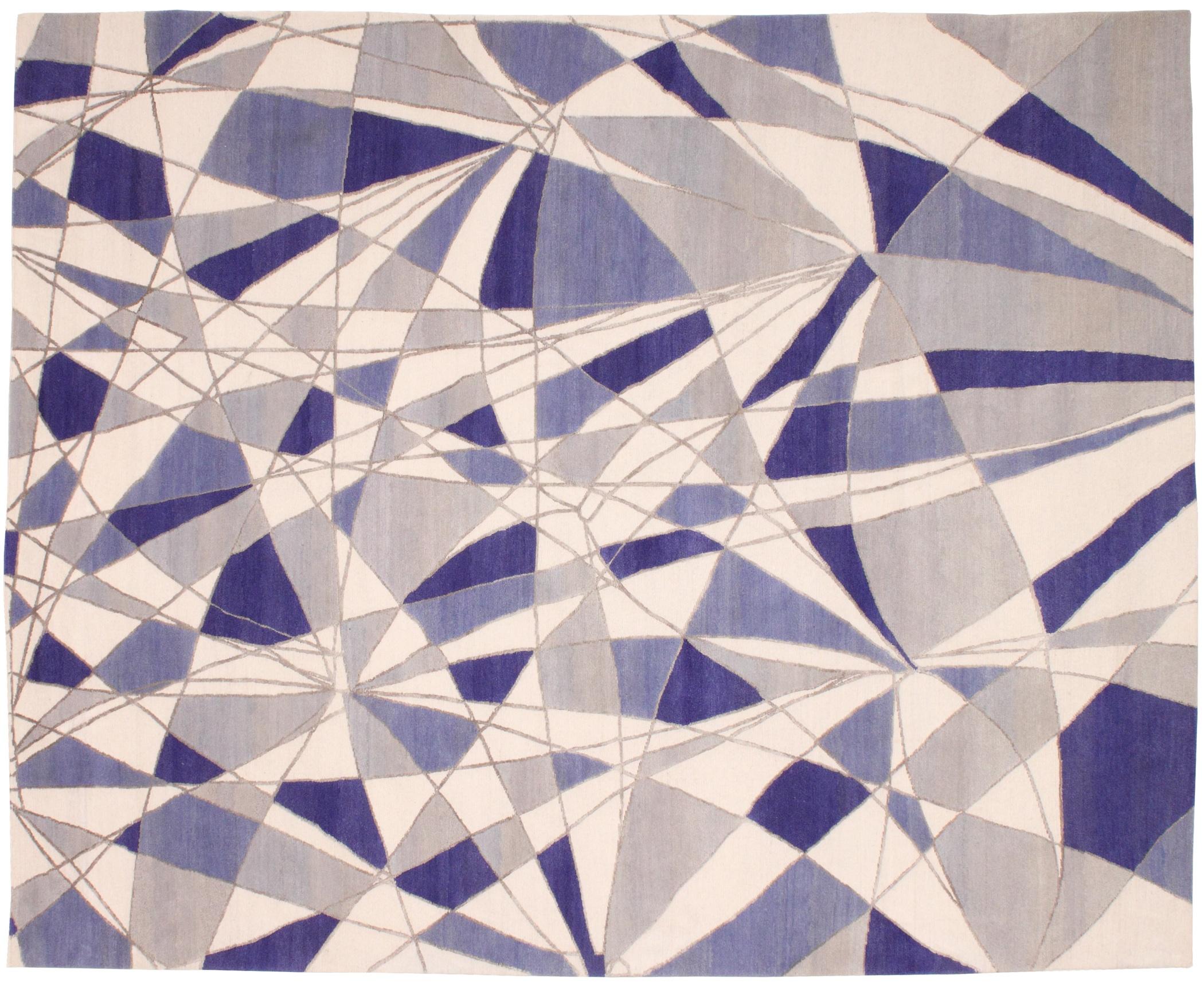Born in 2012 after Hurricane Sandy, at the tail end of the 2008 financial crisis, architect Daniel Frisch’s studio program for renovations is a case study in resilience.
“Most of our staff stopped working, and so we were visiting with clients and contractors,” the New York architect with 31 years of experience says, “We do custom projects typically, but the clients were slowing them down there toward the end.”
Undeterred, he came up with a strategic solution based on the firm’s greatest hits – a palette of appropriate and timeless design elements for clients working on their first home, or a family, or empty nesters.
“We asked: ‘How much could we save, compared to a typical renovation,’” he says. “And it’s 25 percent – it’s like ready-to-wear, rather than couture.”
The emphasis with Frisch’s studio program is on quality of construction, simplicity of materials – and not necessarily interior design. “It makes the conversation about the real challenges: the flow and quality of substance over surface,” the U. Va. and Columbia graduate says. “What’s behind the walls matters.”
His firm has completed 11 studio program apartments to date. “Change orders have dropped to 2.6 percent, important at a time when the cost of real estate is dropping 20 to 25 percent – it’s not yet at pre-pandemic levels,” he says. “This program allows people to go in at a lower price per square foot.”
That translates into $500 per square foot compared to $650 before the program, depending on what the client needs. And that’s at a time when his couture projects can leave the office from $850 to $1,000 per square foot.
“If we can talk to the client before they buy an apartment – and they know the cost – that can help them and the real estate broker or contractor,” he says. “We’ve built a model to allow anyone to follow through on our prompts, whether the building’s pre-war or post-war, and the online calculator will tell you how much it will cost. And we have contractors who will sign a deal on that.”
Usually the kitchens are a simplified shaker style, primed and painted in the field. Floors are quartered white oak. “We use preferred knobs, and the trim is the same as other projects,” he says. “There’s LED lighting, and it’s all prewired for AV – and we offer Carrara, Ceasarstone, or poured countertops.”
His ideal Manhattan client for the studio program wants to live in a co-op and can’t find something they love. They’ll realize they have a full renovation ahead of them but don’t have the time or resources to maximize a custom design. Some are Wall Street clients or young families who might want to sell it again.
“We make it timeless and beautiful, so it doesn’t look like 2022,” he says. “On a couple of early projects, the clients made money when they sold, post-renovation.”
Some might be young families who want to move out of the city when the children are ready for kindergarten. “They have so much going on in their lives, they want to turn it over to us and have us tell them when to move in, instead of attending weekly design meetings,” he says. “And they avoid too many options.”
Like paint. Frisch and his contractors favor one color: Vanilla Milk Shake from Benjamin Moore. “This is for people who would rather spend $100,000 on art rather than at the paint store,” he quips.
The minimum size apartment for the program is 1,400 square feet, but they’ve gone as high as 3,200. The scope is a full gut renovation, including ceilings, central air, rewiring, and window replacement. And they get deep into the bones of the apartment, then add all new tile and materials in the bath and kitchen. “It’s what I would, and have, put in my own home,” he says.
It’s all about optimized living to support a high quality of grace, elegance, and function. “Sometimes to get all three you have to dial it back a notch – we use the time, quality, and money triangle all the time, and know we have to prioritize,” he says. “In this case we prioritize them, by removing decoration, and emphasizing construction quality – we’re streamlining it.”
For anyone curious, Frisch’s calculator is available on his website, or as he says: “Come by and visit us, and we’ll run through it,” he says.
And why not? Twenty-five percent in savings is hard to ignore.
For more, go here.
[slideshow id=2466]



